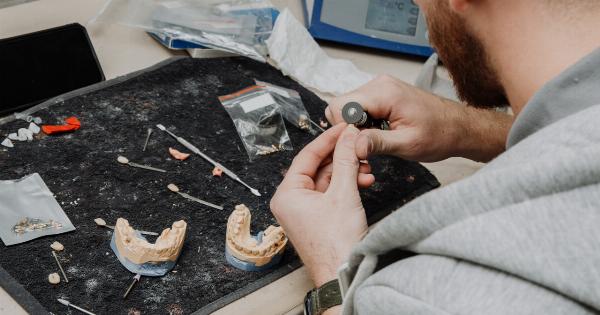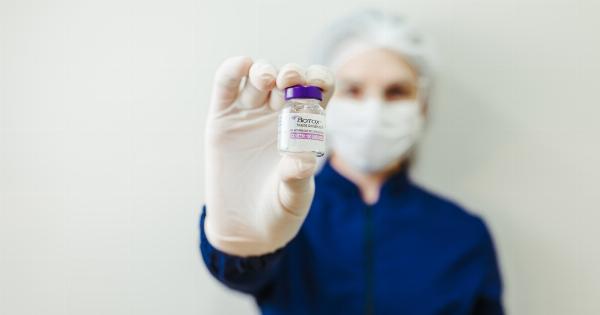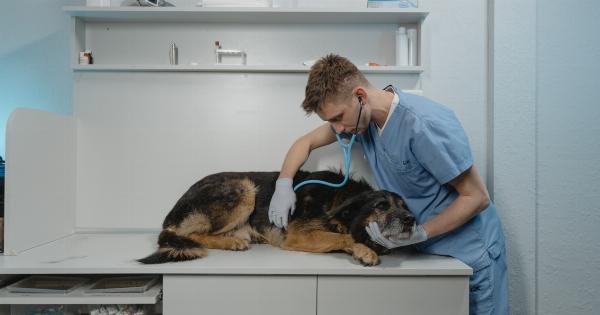The Metropolitan General’s Revolutionary Transdermal Fracture Osteosynthesis Technique is a groundbreaking method in the field of orthopedic surgery.
This innovative approach allows for more efficient and effective treatment of fractures, leading to improved patient outcomes and reduced recovery times. In this article, we will explore the technique in detail, discussing its advantages, procedure, and potential future developments.
What is Transdermal Fracture Osteosynthesis?
Transdermal Fracture Osteosynthesis, also known as internal fixation, is a surgical procedure used to stabilize broken bones by implanting plates, screws, or rods directly onto or within the bone.
Traditionally, this technique involved making large incisions to access the fracture site. However, Metropolitan General’s Revolutionary Transdermal Fracture Osteosynthesis Technique offers a minimally invasive alternative.
The Advantages of Metropolitan General’s Technique
Metropolitan General’s Revolutionary Transdermal Fracture Osteosynthesis Technique offers several advantages over traditional methods:.
- Minimally Invasive: The procedure involves small incisions, which results in less tissue damage, reduced scarring, and faster healing.
- Improved Stability: The technique allows for precise placement of implants, leading to more stable fixation of fractures and reduced risk of complications.
- Reduced Infection Risk: Smaller incisions and minimal soft tissue disruption significantly decrease the risk of post-operative infections.
- Quicker Recovery: Patients who undergo Metropolitan General’s technique often experience shorter hospital stays and faster return to normal activities.
The Procedure
The Metropolitan General’s Revolutionary Transdermal Fracture Osteosynthesis Technique involves several key steps:.
Evaluation and Diagnostic Imaging
Prior to performing the procedure, the orthopedic surgeon assesses the fracture through physical examination and diagnostic imaging such as X-rays, CT scans, or MRI scans. This helps determine the appropriate treatment plan.
Anesthesia
Before commencing the surgery, the patient is administered anesthesia. Depending on the case and patient preference, either general anesthesia or regional anesthesia may be used.
Incision and Implant Placement
Using specialized instruments, the surgeon makes small incisions adjacent to the fracture site. Through these incisions, implants such as plates, screws, or rods are inserted and affixed to the bone, stabilizing the fracture.
Metropolitan General’s technique emphasizes precise guidance and image-based navigation to ensure accurate implant placement.
Once the implants are securely in place, the incisions are closed using sutures or staples. Patients are then monitored closely during the post-operative period for any signs of complications.
Follow-up visits and imaging studies are scheduled to assess the progress of healing and the effectiveness of the technique.
Potential Future Developments
Metropolitan General’s Revolutionary Transdermal Fracture Osteosynthesis Technique continues to evolve, with ongoing research and development aimed at improving its outcomes and expanding its applications.
Some potential future developments include:.
Biodegradable Implants
Researchers are exploring the use of biodegradable implants that gradually dissolve over time, reducing the need for implant removal surgeries.
This could further enhance the patient’s recovery process and eliminate potential complications associated with permanent implants.
Advanced Imaging Techniques
Advancements in imaging technology, such as 3D printing and virtual reality, may further improve the accuracy of implant placement and preoperative planning.
These techniques can provide detailed 3D representations of bone fractures, allowing surgeons to better visualize and precisely execute the procedure.


























